Hello, everyone. My name is Daichi, an expert providing the information about the radiation issues in an easy-to-understand manner.
In this article, for example, treatment flow of soil and waste arising from decontamination activities was covered.
In addition, in this article、this article、this article and this article, the Interim Storage Facility, which temporarily stores soil and waste arising from decontamination activities in Fukushima Prefecture was covered.
It is also touched upon in these above articles, but the soil and waste which are currently stored in the Interim Storage Facility, are supposed to be disposed of outside Fukushima Prefecture, within 30 years after the start of the interim storage.
This is clearly stipulated in a Japanese law, and volume reduction and recycling have been promoted to realize this goal.
This article will cover background for the efforts, as well as current situation.
In other words, this article will cover the following questions:
– How much soil and waste arising from decontamination activities have been so far generated, and where are they currently stored?
– What are the volume reduction and recycling of removed soil arising from decontamination activities?
Table of contents of this article
- (Let’s start from its background) Volume reduction and recycling of removed soil (Vol. 1)
- The amount of removed soil and waste
- What are the volume reduction and recycling of removed soil?
- Proportion of removed soil and waste
- Distribution of radioactivity concentration of removed soil
- Summary
I have been involved with the radiation-relevant issues, like the policy on the decontamination activities and the management of the Interim Storage Facility, after the accident of the Fukushima Daiichi Nuclear Power Plant in 2011.
I received a doctorate in the field of radiation, while working in Fukushima.
(Let’s start from its background) Volume reduction and recycling of removed soil (Vol. 1)
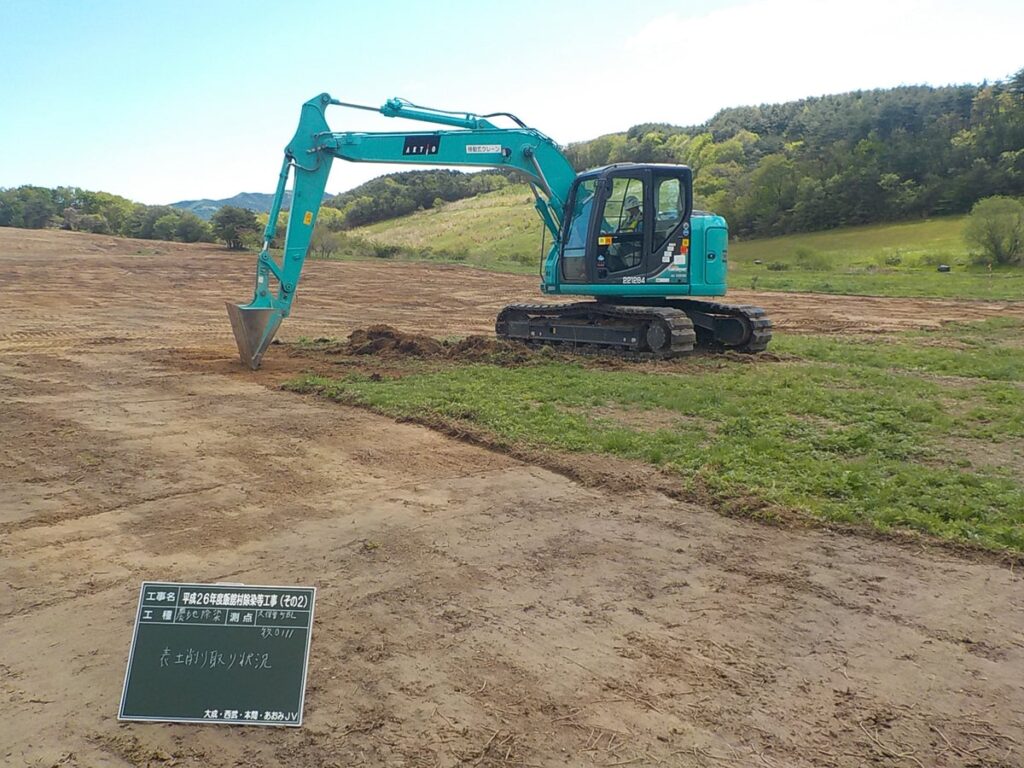
Reference of the photo: Decontamination archive site
As explained in this article, soil and waste arising from decontamination activities in Fukushima Prefecture, are treated in incineration plants for their volume reduction, and/or stored temporarily in the Temporary Storage Facilities, followed by stored in the Interim Storage Facility after additional necessary treatment.
It is mentioned in the same article, but please bear in your mind, that this treatment flow is different between that in Fukushima Prefecture, and that in prefectures other than Fukushima Prefecture.
So, first, the amount of soil and waste generated will be covered, followed by explanation for background for promotion of their volume reduction and recycling.
The amount of removed soil and waste
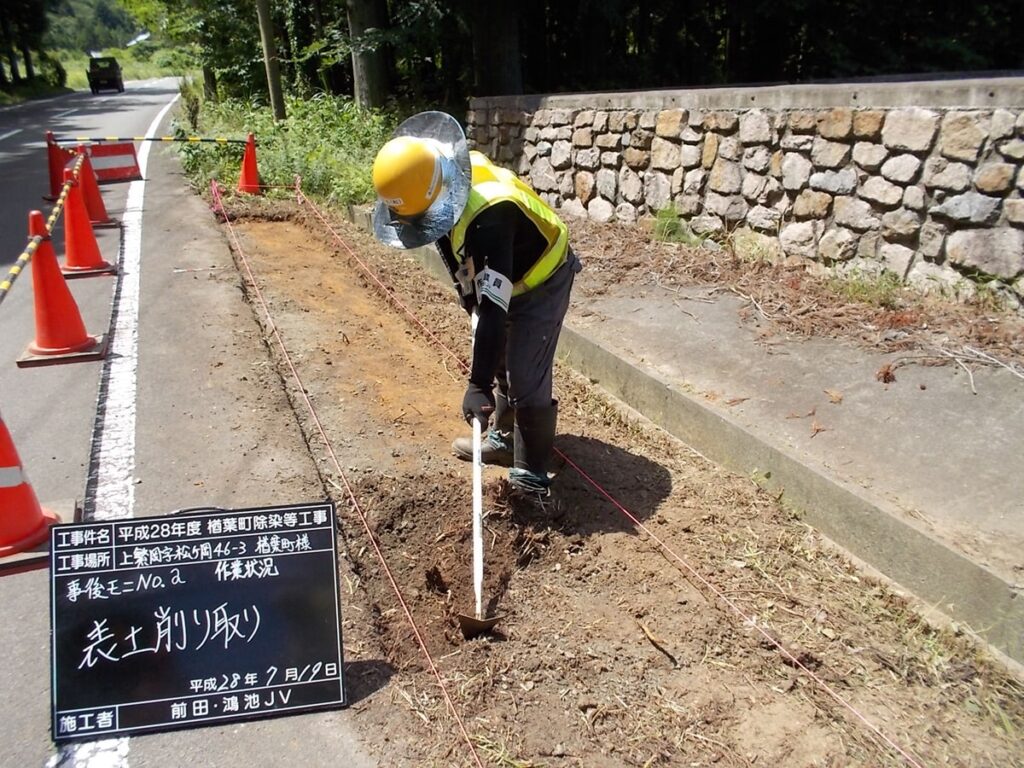
Reference of the photo: Decontamination archive site
The amount of soil and waste transported to the Interim Storage Facility is estimated 14 million m3, other than the Restricted Areas, is equivalent to the 11 times as much as the volume of the Tokyo Dome.
By the way, as of end of March 2024, 13.76 million m3 of soil and waste were already transported, including the Restricted Areas (for the up-to-date situation, please refer to this website).
For more detailed information about the Restricted Areas, please refer to this article, this article and this article.
And also covered in this article, most importantly, these soil and waste are supposed to be finally diposed of, somewhere outside Fukushima Prefecture, by March 2045, and it is stipulated in a Japanese law.
It was explained in this article, that there were a lot of negotiations and decisions for the construction of the Interim Storage Facility, and it can be assumed, that there could be more challenging issues to find out a place for their final disposal.
Therefore, the national government tries to promote its efforts to reduce the volume to be disposed of.
The specific measures will be elaborated in the following chapters.
What are the volume reduction and recycling of removed soil?
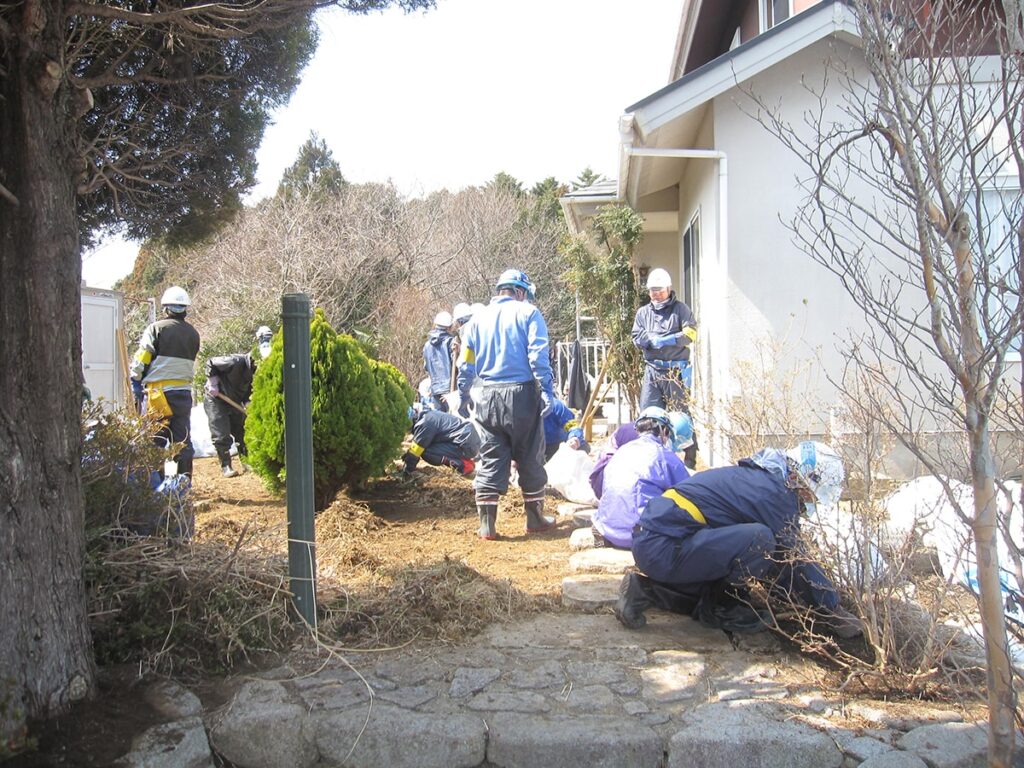
Reference of the photo: Decontamination archive site
Of the soil and waste arising from decontamination activities, the waste mainly includes twigs, branches and leaves generated through decontamination in residences and forest areas, but their volume can be significantly reduced, and their conditions can be stabilized, through treatment like incineration etc.
On the other hand, it is not so easy to reduce the volume of the soil, because most of them are incombustible, although they include more or less organic matters and their volume can be a bit reduced.
First of all, let me begin with an explanation of proportion of soil and waste in the following parts.
Proportion of removed soil and waste
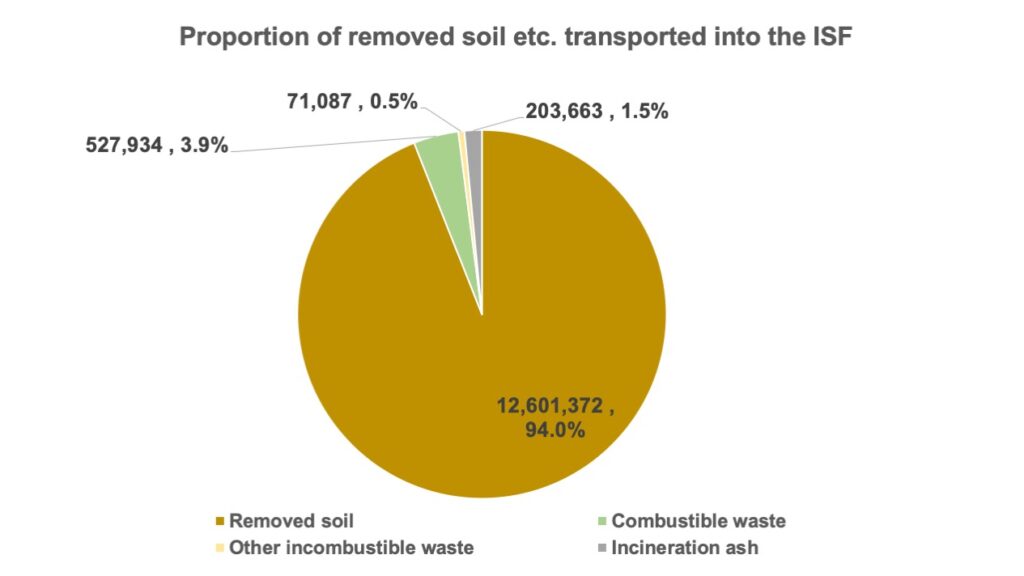
Proportion of removed soil etc. transported into the Interim Storage Facility (as of the end of March 2023)
Reference: 4th WG of technologies for volume reduction etc. of removed soil and waste in the Interim Storage Facility
The above pie graph represents the analysis of 13.1 million m3 of soil and other wastes, transported into the Interim Storage Facility by the end of March 2023.
The amount of soil is around 12.31 million m3, occupying around 94%.
Combustible waste, other incombustible waste and incineration ash occupy around 520 thousand m3 (3.9%), around 70 thousand m3 (0.5%) and around 200 thousand m3 (1.6%), respectively.
It means, that most of them consist of ‘soil’.
You might understand that it is very difficult to reduce their volume by treatment like incineration, which has been already applied to.
Distribution of radioactivity concentration of removed soil

Distribution of radioactivity concentration of removed soil (as of the end of March 2023)
Reference: 4th WG of technologies for volume reduction etc. of removed soil and waste in the Interim Storage Facility
Therefore, volume reduction other than incineration, and recycling have been under consideration.
There is another reason, for promotion of this approach, especially for recycling.
The above figure represents the distribution of radioactivity concentration of removed soil arising from decontamination, as of the end of March 2023.
Radioactivity concentration differs from places to places, depending on condition of soil, where decontamination was implemented, and the soil includes a variety of radioactivity concentrations.
Of the removed soil, the national government regards the soil with radioactivity concentration of 8,000Bq/kg or less recyclable, under some certain conditions, and the soil occupies around three-fourth of the whole soil.
Radioactivity concentration decreases with time due to decay of atom cores, therefore, the amount of soil to be disposed of, can be significantly reduced, if the soil can be recycled in a safe manner.
Summary
With regard to the soil arising from decontamination, this article covered the current situation as well as background for promotion of their volume reduction and recycling.
In the next article, specific methods for the volume reduction and recycling will be elaborated.
By the way, above-mentioned contents are summarized in the following videos.
– Japanese version
– English version
You can read the same article in Japanese here.
Thank you very much for reading this article.
See you next time!
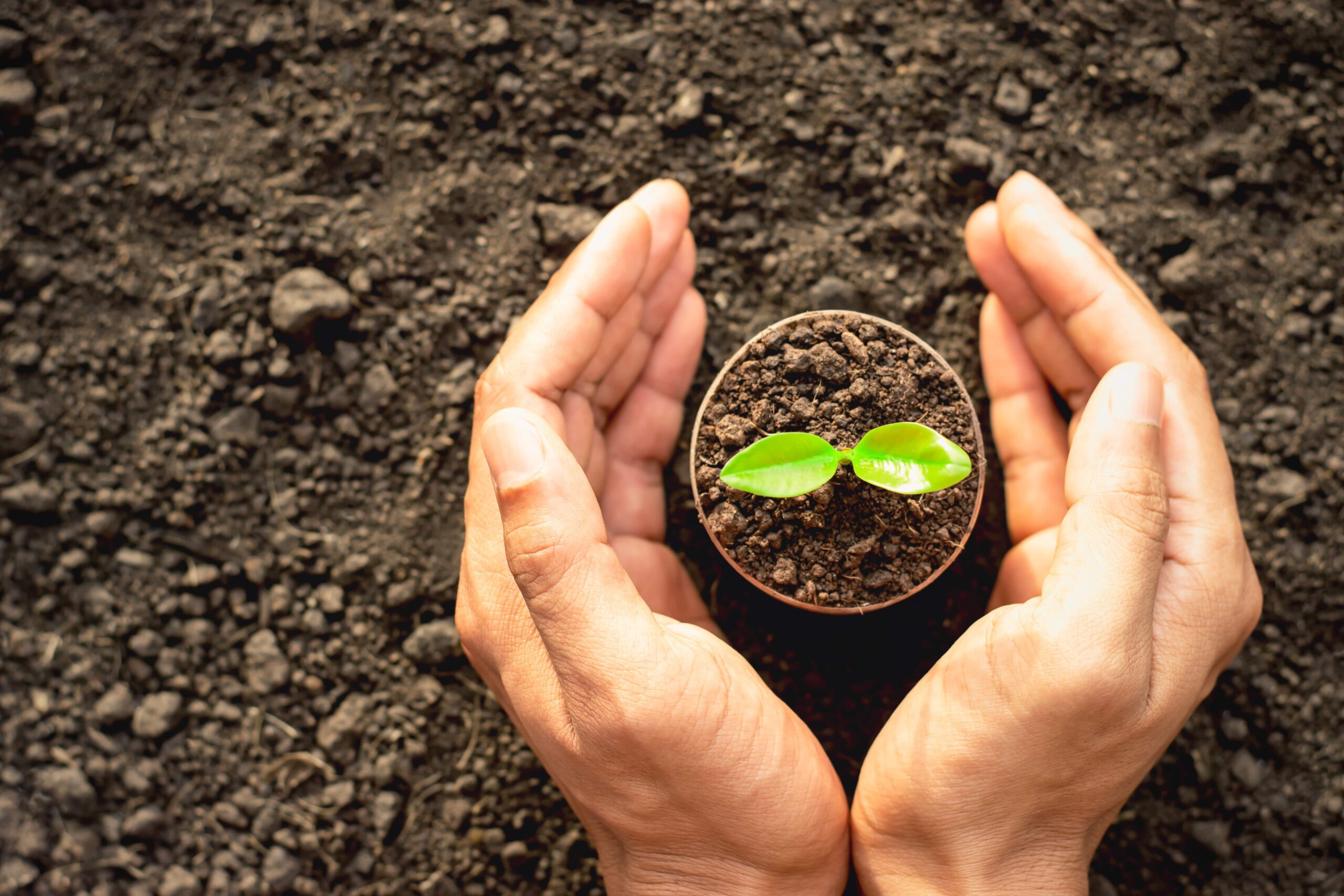


コメント